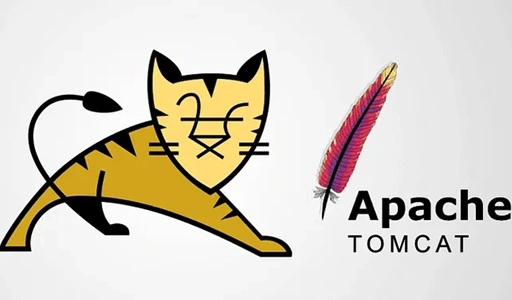Apache Tomcat is a widely used open-source implementation of the Java Servlet, JavaServer Pages (JSP), and WebSocket technologies. As a lightweight web server and servlet container, it plays a vital role in Java-based applications. Knowing the version of Tomcat you’re running is essential for compatibility, debugging, and ensuring security. This article explains how to check the version of Apache Tomcat using different methods.
Why Check the Tomcat Version?

- Compatibility: Certain applications require specific Tomcat versions to function properly.
- Security: Older versions may have vulnerabilities, so keeping track of the version helps maintain a secure environment.
- Features and Updates: Newer Tomcat versions come with improved features, performance enhancements, and bug fixes.
- Debugging: Identifying the version can help resolve compatibility issues during development or deployment.
Methods to Check Tomcat Version
There are multiple ways to check the Apache Tomcat version depending on your access to the server and configuration files. Below are some common methods:
1. Using the Command Line
If you have direct access to the system running Tomcat, you can check the version from the command line.
Steps:
1. Navigate to the Tomcat installation directory. For example
cd /path/to/tomcat/bin
2. Run the following command:
./version.sh
(For Windows, use version.bat instead of version.sh.)
Output:
The command will display details about the Tomcat version, Java version, and server configuration, such as:
Server version: Apache Tomcat/9.0.58
Server built: Oct 1 2022
JVM version: 1.8.0_301-b09
2. Using the Tomcat Manager
The Tomcat Manager web application provides an interface to check the version.
Steps:
1. Access the Tomcat Manager by opening a browser and navigating to:
http://<your-server-ip>:8080/manager
2. Log in with your admin credentials.
3. The Tomcat version is displayed on the Manager dashboard at the top.
Note:
If you haven’t set up the Tomcat Manager, ensure it is enabled and configured correctly in the tomcat-users.xml file.
Steps:
1. Navigate to the logs directory within the Tomcat installation path. For example:
cd /path/to/tomcat/logs
2. Open the catalina.out or localhost.log file using a text editor or viewer. For example:
less catalina.out
3. Look for the version details in the startup logs. It usually appears in the first few lines, such as:
Server version: Apache Tomcat/9.0.58
4. Checking the Release Notes
The RELEASE-NOTES file in the Tomcat installation directory provides version information.
Steps:
1. Navigate to the Tomcat installation directory.
2. Open the RELEASE-NOTES file using a text editor. For example:
cat /path/to/tomcat/RELEASE-NOTES
3. The file will contain version details and changes in the installed version.
5. Checking the Manifest File
The manifest file in the lib/catalina.jar contains version details.
Steps:
1. Navigate to the lib directory in the Tomcat installation path.
cd /path/to/tomcat/lib
2. Extract and read the manifest file:
jar -xf catalina.jar META-INF/MANIFEST.MF
cat META-INF/MANIFEST.MF
3. Look for the Implementation-Version field.
Output:
You will see something like:
Implementation-Version: 9.0.58
Troubleshooting Tips
- Access Issues: If you don’t have access to the Tomcat server or files, contact the server administrator.
- Environment Variables: Ensure that the Tomcat installation path is set correctly in the environment variables.
- Permissions: Ensure you have the necessary permissions to access files and run scripts in the Tomcat directory.
Conclusion
Checking the Apache Tomcat version is a straightforward process using the command line, Tomcat Manager, logs, or configuration files. Regularly verifying the version ensures compatibility with applications, access to new features, and a secure environment. For optimal performance and security, always use a supported version of Tomcat and update as necessary.

